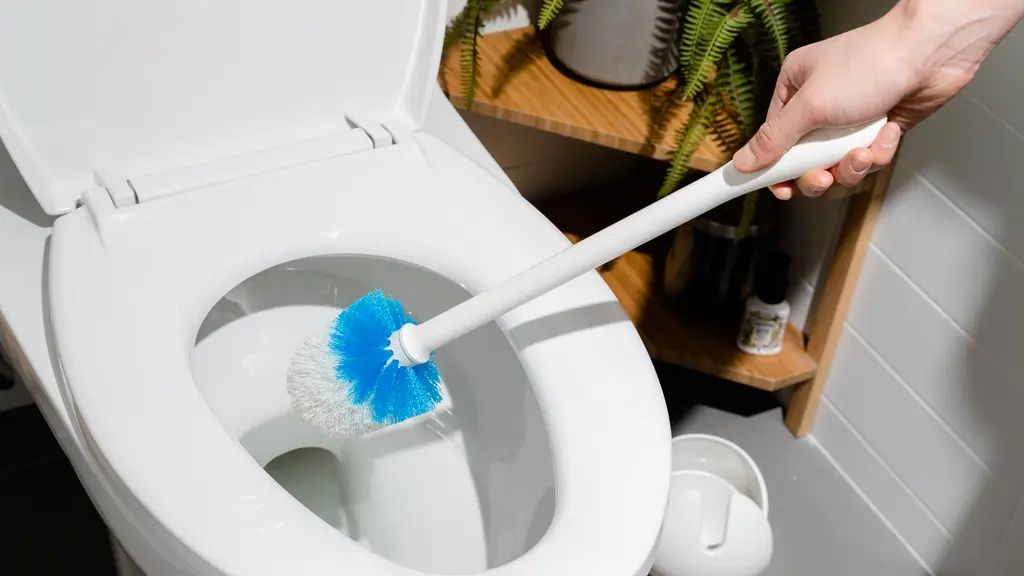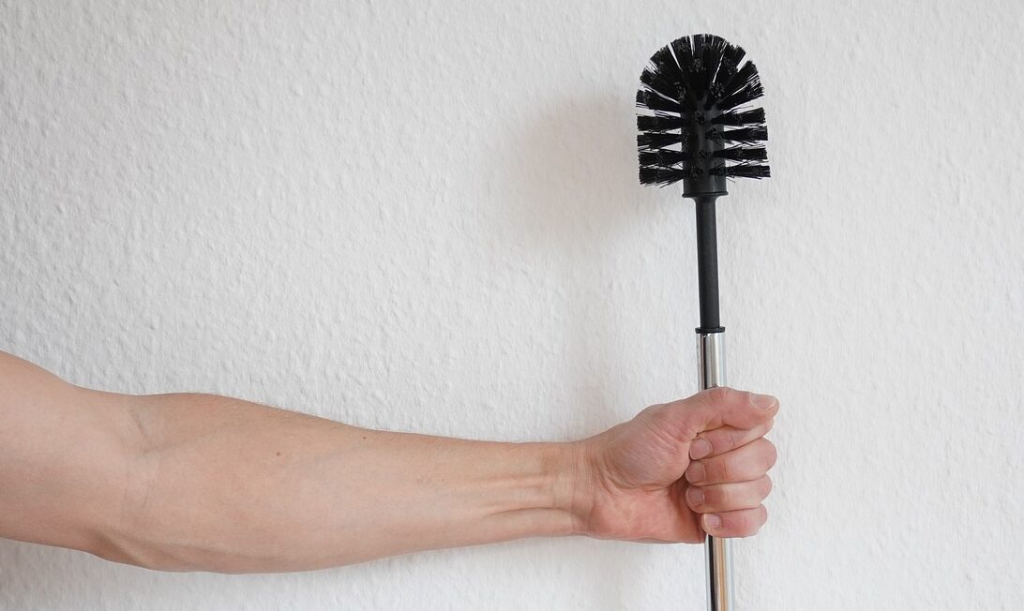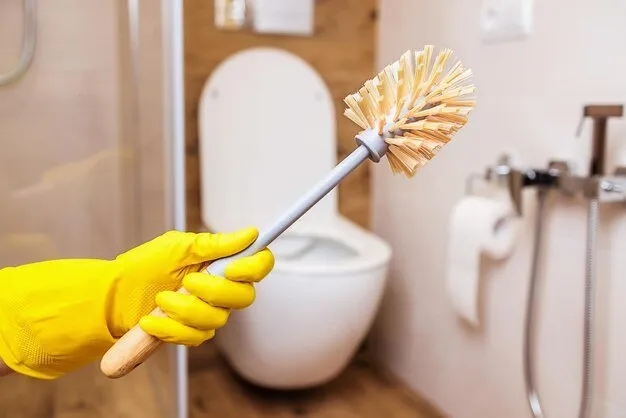We get it. Toilet brushes are the unsung heroes of bathroom hygiene. They do the dirty work—literally—but that also means they end up soaked in germs. Naturally, people wonder: “Can I just toss this thing in the dishwasher and be done with it?”
Hold that thought.
Because while it sounds like a time-saving shortcut, washing a toilet brush in your dishwasher is more of a health hazard than a cleaning hack.

The Dishwasher Wasn’t Built for That Kind of Dirty
Think about it—your dishwasher is designed for plates, forks, glasses, and occasionally the odd saucepan. You know, things you eat off of. But toilet brushes? That’s a whole different battlefield.
Sure, dishwashers use hot water and detergent. But the grime on a toilet brush isn’t your average food residue. It’s packed with hardy, bathroom-bred bacteria that love damp places and don’t go down without a fight.
Video: Putting a toilet brush in the dishwasher
Cross-Contamination Is Real (And Kinda Gross)
Now picture this: your toilet brush spinning inside the dishwasher alongside the same rack where tomorrow’s dinner plates will sit.
Yikes.
The bacteria and nasty particles from your toilet brush can transfer onto other dishes, especially if they’re washed together. That’s not just unhygienic—it’s downright risky. Nobody wants microscopic toilet gunk lurking on their cereal spoon.
Dishwashers Aren’t Up for the Job
Even if you’re running the hottest setting with the strongest detergent, there’s no guarantee the water jets can properly clean the brush bristles. Those tight clusters trap debris like magnets, and the brush’s shape doesn’t lend itself to thorough dishwasher coverage.
Plus, dishwasher detergents aren’t designed to kill bathroom germs. They’re made for food bacteria, grease, and grime—not whatever’s living on your toilet brush.
You Could Damage the Dishwasher—And the Brush Too

Here’s another thing to consider: toilet brushes aren’t made to survive a dishwasher cycle. The bristles might warp, fall off, or melt depending on the material. And if the brush has a metal or coarse plastic handle, it could scratch the interior of your dishwasher.
Worst case? You end up with a bent, useless brush and a damaged appliance.
So… back to square one, but with a repair bill.
So What’s the Best Way to Clean a Toilet Brush?
Luckily, there are safe, effective methods for keeping your toilet brush clean—and your dishwasher out of harm’s way.
Let’s go over a few you can actually rely on:
Bleach Soak: The Germ Killer
Video: 12 Things You Should NEVER Put in the Dishwasher
Bleach is your go-to disinfectant when it comes to annihilating bacteria. Fill a bucket or your toilet bowl (after flushing) with hot water, toss in about one cup of bleach, and let your brush soak for at least an hour. Rinse thoroughly and let it dry.
Pro tip: Don’t forget to disinfect the holder too—it harbors just as many germs.
Hydrogen Peroxide: The Safer Option
If bleach feels a little too intense, try hydrogen peroxide. Pour it over the bristles, let it sit for 10-15 minutes, then rinse with hot water. It’s gentler than bleach but still packs a punch when it comes to bacteria.
Vinegar + Baking Soda: The Natural Combo
Prefer a more eco-friendly option? This fizzy duo works wonders. Sprinkle baking soda on the brush, then pour white vinegar on top. Watch it bubble and work its magic. After about 15 minutes, rinse well with hot water and air-dry.
Bonus: It also helps remove odors.
Keep It Dry: A Damp Brush Is a Germ Party

After each use, rinse your toilet brush thoroughly with hot water. Then store it in a container that allows air to circulate. A closed-off holder traps moisture and turns your brush into a breeding ground.
Some holders even come with a drip tray or ventilation holes—those are your best bet.
Time to Say Goodbye? Know When to Toss It
Even the most loyal toilet brush has a shelf life. If the bristles are worn down, bent, or if it still smells funky even after cleaning, it’s time to replace it. Most brushes should be swapped every 6–12 months, depending on how often they’re used.
Letting one hang around for too long is like keeping old sponges in your kitchen—pointless and kinda nasty.
The Bottom Line: Keep the Brush Far from the Forks

Sure, putting your toilet brush in the dishwasher might feel like a clever shortcut, but it’s really just asking for trouble. The risk of cross-contamination, ineffective cleaning, and damage to your appliances isn’t worth it.
Use one of the better, safer cleaning methods we covered. Your dishes—and your stomach—will thank you.
Conclusion
Toilet brushes may be gross, but they’re necessary. And while it’s tempting to toss them in the dishwasher for convenience, that move could backfire in more ways than one. Stick to proper disinfecting techniques like bleach soaks, hydrogen peroxide rinses, or vinegar and baking soda scrubs. Make sure they dry properly, and know when it’s time to let them go. It’s a small detail in bathroom upkeep—but one that makes a big difference in hygiene and peace of mind.


